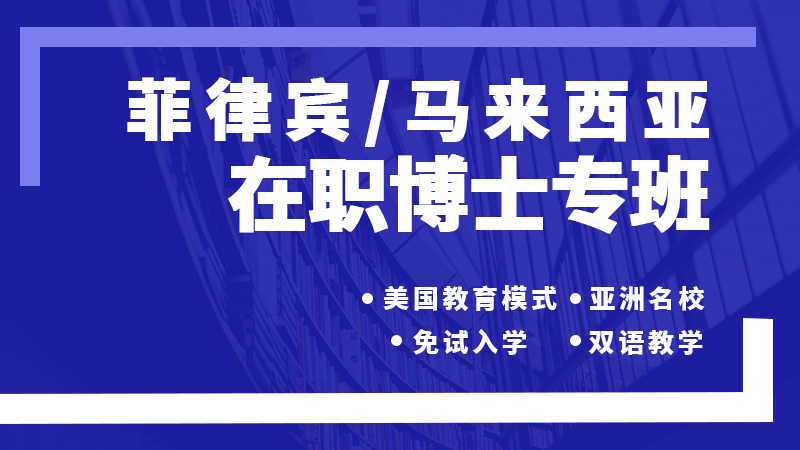2016年同等学力申硕英语真题
A.improve local environment
B.make locals live better
C.unite different communities
D.advocate a fair exchange
35.This passage is mainly about _____A. the development of WWOOFing
B.a local WWOOFing community
C.a charming WWOOFing experience
D.the system of WWOOFing
Passage Four
Experts say distracted walking is a growing problem, as people of all ages become more dependent on electronic devices for personal and professional matters. They also note pedestrian deaths have been rising in recent years. In 2005, 11% of all US deaths involved pedestrians, but that number rose to 15% in 2014.
The rise in deaths coincides with states introducing bills that target pedestrians. Some states, such as Hawaii, Arkansas, Illinois, Nevada and New York, continue to introduce legislation every year.
The measure recently introduced by New Jersey assembly woman Pamela Lampitt would ban walking while texting and prohibit pedestrians on public roads from using electronic communication devices unless they are hands-free. Violators would face fines of up to $50, 15-day imprisonment or both, which is the same penalty as jaywalking(乱穿马路). Half of the fine would be allocated to safety education about the dangers of walking while texting, said Lampit.
Some see the proposal as an unnecessary government overreach, while others say they understand Lampitt's reasoning. But most agree that people need to be made aware of the issue. "Distracted pedestrians, like distracted drivers, present a potential danger to themselves and drivers on the road," Lampitt said. "An individual crossing the road distracted by their smartphone presents just as much danger to motorists as someone jaywalking and should be held, at minimum, to the same penalty."
The main question raised about the measure, though, is whether it can be enforced consistently by police officers who usually have more pressing matters to deal with. Some feel that rather than imposing a new law, the state should focus on distracted-walking education. Lampitt said the measure is needed to stop and penalize "risky behavior." She cited a National Safety Council report that showed distracted-walking incidents involving cellphones accounted for an estimated 11,101 injuries from 2000 through 2011.
The study found a majority of those injured were female and most were 40 or younger. Talking on the phone was the most prevalent activity at the time of injury, while texting accounted for 12%. Nearly 80% of the injuries occurred as the result of a fall, while 9% occurred from the pedestrian striking a motionless object.
36.This passage is mainly concerned with _____
A.the difficulty in enforcing road regulations
B.rising deaths caused by distracted walking
C.the dangers of jaywalking on busy streets
D.distracted walking involving smartphones
37.The states introducing bills that target pedestrians ________.
A.have benefited from the bills
B.find it hard to carry them out
C.have been promoting the legislation
D.will have fewer deaths of pedestrians
38.According to the measure proposed by Lampitt, walking while texting would ______.
A.become illegal
B.involve safety education
C.be blamed publicly
D.incur a fine of over $50
39.Lampitt reasons that distracted pedestrians are as dangerous as ________.
A.motorists
B.speeding drivers
C.jaywalkers
D.drunk drivers
40.Which of the following would the author of the passage most probably agree with?
A. Males are more vulnerable to distracted-walking injures.
B.Police officers are unhappy with the proposed law.
C.Safety education is more important than penalty.
D.Rising distracted-walking incidents call for real attention.
Section B
Directions: In this section, you are required to read one quoted blog and the comments on it. The blog and comments are followed by questions or unfinished statements, each with four suggested answer A, B, C and D. Choose the best answer and mark your answer on the Answer Sheet.
The saying “Clothes Make the Man” dates back some 400 years and it refers to the fact that when people see a well-dressed person, they assume that person is a professional, capable, and (especially in the old days) rich. Therefore, you had to dress like how you wanted to be perceived, what you wanted to eventually achieve. Fast forward 400 years, lots of folks still think the same way. But does it really make a difference?
I happen to be one of those who do not put faith in the old saying. I suppose I might be in the minority but I am a member of an elite club with the likes of Steve Jobs and Bill Gates in my camp.
Perception is not reality; perception is halfway to discovering reality. Perception is drawn from our own impressions, our own belief systems. Is it powerful and influential? Absolutely! Is it all that it seems? Less often than you think. How many times have you cast an initial judgment only to surprise yourself later and learn how you missed out on a great opportunity, person or idea?
Comment 1
In the present era, many associate the well-dressed with being the most successful. It took folks in the business world a long time to overlook the way Steve Jobs wore jeans on the public stage. I did not know Mr. Jobs, though I wish I had. I have heard it said that he invented the concept of “business casual.” In my mind that is as much a matter of self-confidence as it is a matter of taste in clothing.
Comment 2
You are wrong about Steve Jobs. He certainly did care about how he was perceived and his appearance was very much calculated to achieve his desired effect. From his early formal business clothing down to the aggressive casualness of his eventual black turtle neck and jeans uniform, his clothes and the impact they made were clearly foremost in his mind.
Comment 3
It reminds me of the story about the philosopher who goes to a formal dinner party in jeans. When asked if he felt out of place because of his clothes, he looked around and said he hadn’t noticed.
41.Which of the following might the writer of the passage agree with?
A. Steve Jobs and Bill Gates dress formally.
B.We should not judge a person by his clothing.
C.It is clothes that make the man.
D.The well-dressed are most likely to succeed.
42.According to the writer of the passage, perception ______.
A.might prove wrong
B.is powerful and reliable
C.is half reality
D.might be worthless to us
43.The writer of Comment 1 seems to ______.
A.dislike the way Steve Jobs dressed for business occasions
B.suggest that business people have no taste in clothing
C.believe that the well-dressed are the most successful
D. think that Steve Jobs’ casualness reflected his self-confidence
44.Speaking of Steve Jobs, the writer of Comment 2 ________.
A.points out that Steve Jobs was a very aggressive person
B.suggests that he and Steve Jobs used to be in the same club
C.holds the same view as the writer of the passage
D.thinks Steve Jobs’ casualness was carefully thought out
45.When he went to the dinner party in jeans (Comment 3), the philosopher _______
A.thought that people liked his clothes
B.was not aware of how his clothes looked
C.felt quite embarrassed
D.considered himself out of place
Part IV Cloze (10 points)
Directions: In this part, there is a passage with ten blanks. For each blank there are four choices
marked A, B, C, and D. Choose the best answer for each blank and mark your answer on the Answer Sheet.
The history of transportation is very long and full of changes and inventions. It starts ___46__ walking, which is not any invention; it just takes energy. People used to walk to get to other places. If you wanted to get somewhere quickly, the __47___way to do that was to run . Actually, the first invention for the transportation __48__ was the shoe. Centuries ago there were no shoes, and people walked barefoot.
Then people invented ___49__ to transport themselves and materials from one place to another. In some cultures, people invented sledges(雪橇), ___50__ are a kind of board that you drag along the ground. You can tie things on the sledges to help carry them, but it’s a challenging invention ___51__ if you hit a rock with the sledges as you pull it, the contents can ___52___. In other cultures, people invented the wheels, which they used to make it easier to move things---and people. That was the beginning of many innovations in transportation.
___53___ people had wheels they could invent other ways to travel. They could put the wheels on a board and make it a wagon, and then they could ___54__ that wagon to an ox or a horse and ride as well as carry materials. That wheel led to __55___ we have today: trucks, automobiles, and even boats and planes. For example, there were steamboats that used giant wheels that turned with blades, pushing the water and pushing the boat forward.
A. onB. atC. forD. with
A. possibleB. onlyC. oneD. just
A. probablyB. luckilyC. reallyD. formerly
49.A. methodsB. channelsC. waysD. measures
50.A. whatB. whenC. whereD. which
51.A. unlessB. butC. evenD. since
52.A. pull outB. slip offC. hold downD. put down
53.A. OnceB. ThenC. HoweverD. Yet
54.A. stickB. makeC. fastenD. change
55.A. whatB. thatC. whichD. how
Part V Text Completion(20 points)
Directions: In this part, there are three incomplete texts with 20 questions (Ranging from 56 to 75).Above each text there are three or four phrases to be completed .First, use the choices provided in the box to complete the phrases. Second, use the completed phrases to fill in the blanks of the text. Mark your answer on the Answer Sheet.
Text One
A.many
B.choose
C.think of
D. ways of
Phrases:
A.56only one language
B.57any reason not to
免责声明:本站所提供的内容均来源于网友提供或网络搜集,由本站编辑整理,仅供个人研究、交流学习使用,不涉及商业盈利目的。如涉及版权问题,请联系本站管理员予以更改或删除。


微信公众号

QQ交流群